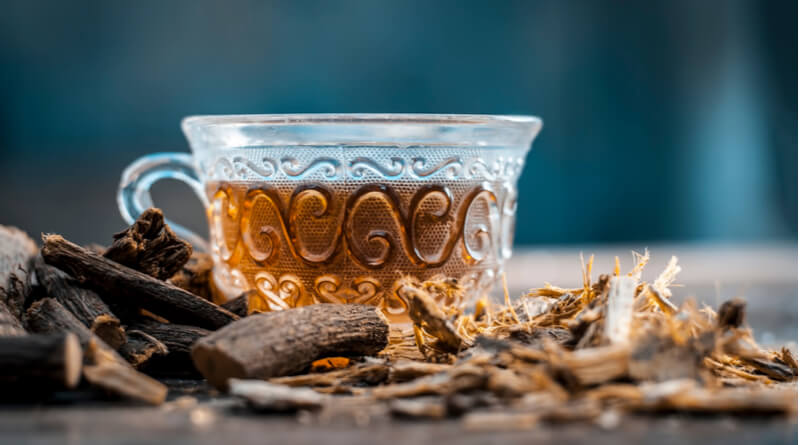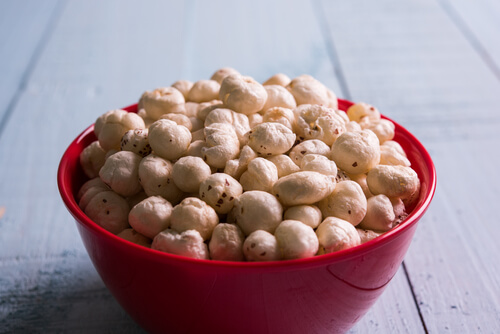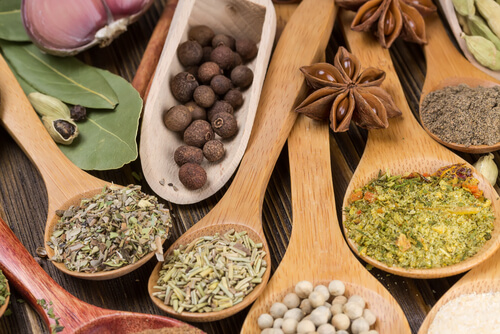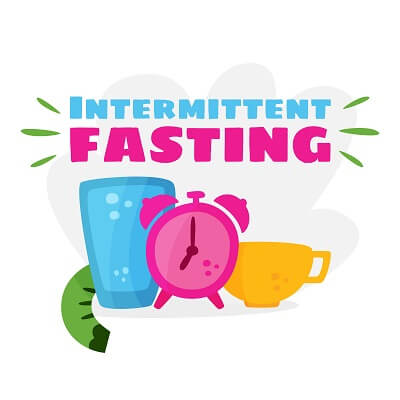Black licorice is one of those foods that many consider to be an acquired taste. It is eaten in more forms than simple candy. You can find licorice root being used as part of herbal tea such as, chai, detox tea, and spice infusions. Generally speaking, licorice is considered to be a healthy food choice. Even when it is eaten in the form of candy, it still has some health benefits to offer people. But like everything we eat, licorice can easily go from being a relatively healthy treat to an unhealthy one if you over consume it.
Regularly consuming large or even somewhat moderate amounts of licorice, around 57 g can have some negative effects, especially as far as your blood pressure levels are concerned. The dangers that come with eating too much licorice root are due to the glycyrrhizin content contained in licorice.
Glycyrrhizin is a compound unique to licorice. It is between 30 and 50 times sweeter than standard table sugar. It is so potent that it can actually alter your body’s sodium and potassium levels. This is bad because your body uses potassium and sodium in tandem to regulate your body’s fluid levels.
If you ingest too much glycyrrhizin it can lead to some serious problems, like increased blood pressure, muscle weakness, fluid retention issues, and heart rhythm abnormalities. This can definitely be a major issue if you aren’t careful. Thankfully, the situation is easily reversible; all you have to do is put down the licorice until the symptoms disappear. It shouldn’t take more than a few days for your body to shift back to normal. Eating licorice isn’t too bad in and of itself as a result. Just make sure you are monitoring your intake and regularly checking your body for symptoms of licorice over consumption.








